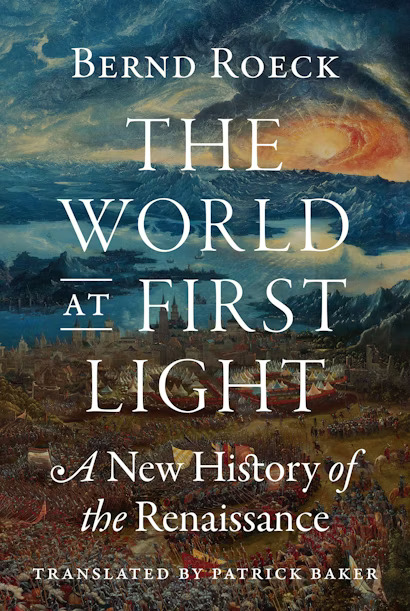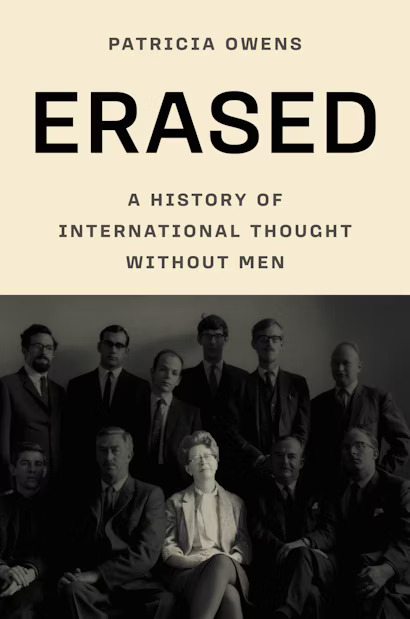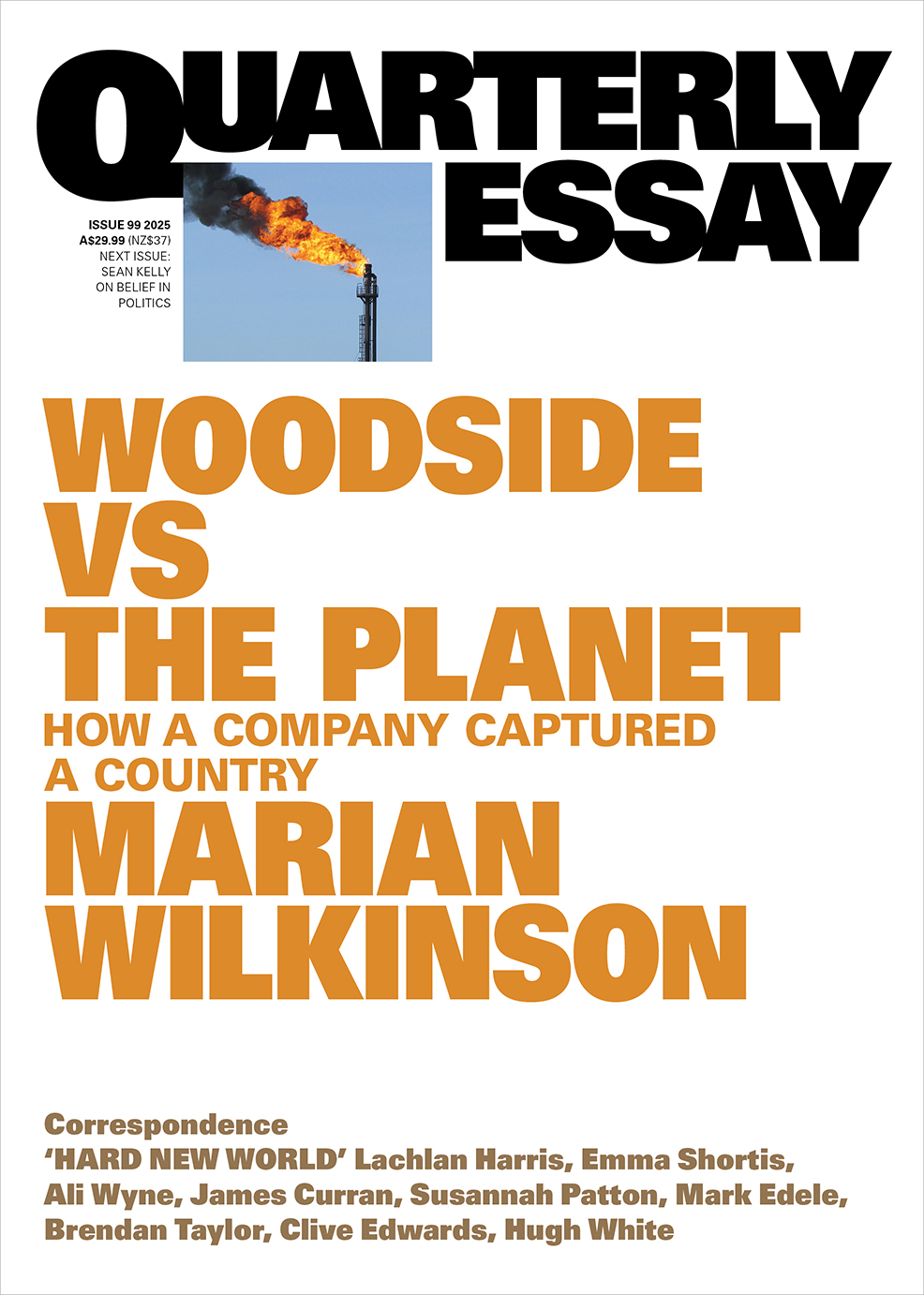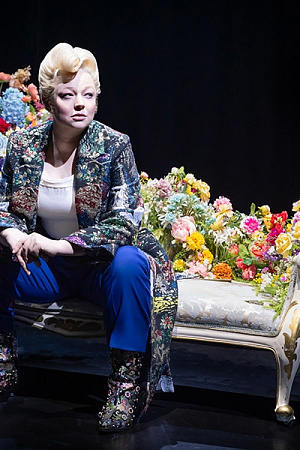This Much Is True (Red Line Productions) ★★★1/2
Louis Nowra’s latest play, his first in ten years because apparently and appallingly no major company in Australia has asked him for one, is the third in his semi-autobiographical Lewis trilogy. In Summer of the Aliens (1992), the young Lewis, growing up in housing-commission Melbourne, has to find a way to come to terms with the unpredictable adults who surround him and to deal with his feelings for his coevals. Così (1992) finds a slightly older Lewis attempting to introduce Mozart into the lives of an even more extreme group in a mental hospital, while staggering through a dying relationship. In This Much Is True, a more mature Lewis, now a writer recuperating from a divorce, as much spectator as participant, hangs out in the bar of The Rising Sun, a Woolloomooloo pub not entirely dissimilar to The Old Fitzroy in which the play is being presented. This Much Is True can also be seen as the third piece in another Nowra trilogy, an addendum to his recent love letters to the neighbourhood; King’s Cross (2013) and Woolloomooloo (2017).
As Nowra has told us, fleeing from the tide of gentrification engulfing the Cross, to his delight and his dog Coco’s gratification he discovered The Old Fitzroy and its ever-evolving cast of refugees from conventional Sydney. In This Much Is True, with due regard for theatrical licence, he introduces us to a few of the characters he found there.
Continue reading for only $10 per month. Subscribe and gain full access to Australian Book Review. Already a subscriber? Sign in. If you need assistance, feel free to contact us.











Leave a comment
If you are an ABR subscriber, you will need to sign in to post a comment.
If you have forgotten your sign in details, or if you receive an error message when trying to submit your comment, please email your comment (and the name of the article to which it relates) to ABR Comments. We will review your comment and, subject to approval, we will post it under your name.
Please note that all comments must be approved by ABR and comply with our Terms & Conditions.